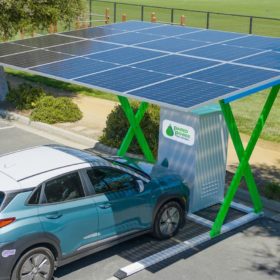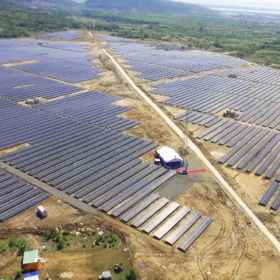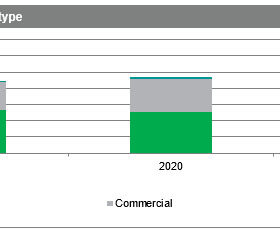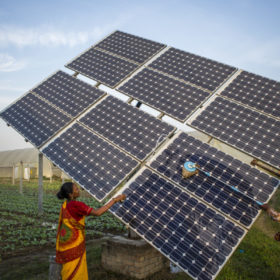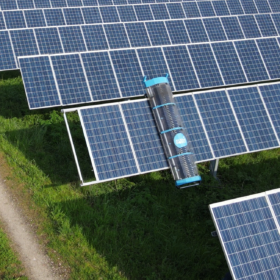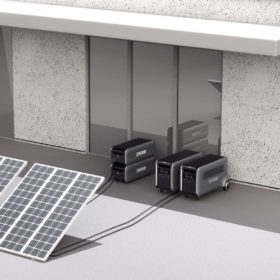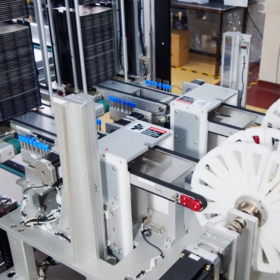US startup unveils 5 kW solar canopy for EV charging
Paired Power said its new 5 kW solar canopy measures 3.2 meters x 5.2 meters x 3.7 meters and can host up to 10 bifacial solar panels. It can be used in on-grid or off-grid modes and can be paired with lithium-ion battery storage systems up to 40 kWh in size.
Solar PV employed around 3.4 million people in 2021
Almost half of the workers were employed in China, around 280,000 in North America, over 260,000 in Europe, and some 50,000 in Africa, according to a new report by the International Energy Agency (IEA). The vast majority of workers were employed in manufacturing and installation of new capacity, with solar jobs paying lower wage premiums than the nuclear, oil, and gas industries.
Waaree Renewable Technologies to merge three arms
The solar equipment manufacturer and power producer announced this week its board of directors had approved the scheme for the merger of Sangam Rooftop Solar, Waaree PV Technologies, and Waasang Solar with the company.
Shipments of module-level power electronics could hit 100 GW by 2026
IHS Markit said it expects the United States, Germany, and the Netherlands to be the top three markets for cumulative shipments of module-level power electronics in the 2022-26 period. Cumulative shipments are set to hit almost 100 GW by 2026.
Bslbatt unveils 10.24 kWh battery for residential PV
China’s Bslbatt said its new battery has a rated capacity of 200 Ah. The product comes with a 10-year warranty and can reportedly provide steady operation for up to 6,000 charge cycles.
Making India a manufacturing hub for solar-based, decentralized energy products
A new report by GOGLA highlights the opportunities and challenges in establishing local manufacturing and assembly of solar-based decentralized energy solutions in India. It also explores the actions needed to maximize available opportunities.
Hydraulic robotic cleaning solutions for ground-mounted solar plants
France’s AX Solar Robot has unveiled two battery-free, hydraulic-powered cleaning solutions for ground-mounted PV plants. It is also distributing a modular battery-powered solution suitable for rooftop installations.
Solinteg launches new residential hybrid inverter series
Solinteg’s new hybrid inverters come in seven versions with nominal power ranging from 3 kW to 9 kW, an efficiency rating of 97.6%, and a European efficiency of 97.0%. They measure 534 mm × 418 mm × 210 mm and weigh 27 kg.
Wall-mountable lithium battery inverter from India
India’s Mecwin has unveiled compact, wall-mountable lithium battery inverters with 1,100 VA and 2,100 VA ratings. The 1,100 VA devices measure 455 mm x 530 mm x 235 mm and weigh 23 kg. The built-in battery can be charged with grid power and solar electricity.
US startup unveils plug-and-play solid-state battery for residential applications
Zendure has developed a residential storage system using a semi-solid state battery with 6.438 kWh capacity. Each unit is scalable with up to four batteries, bring the capacity of one unit to 32 kWh and of two units to 64 kWh. The system can be used with solar panels.
